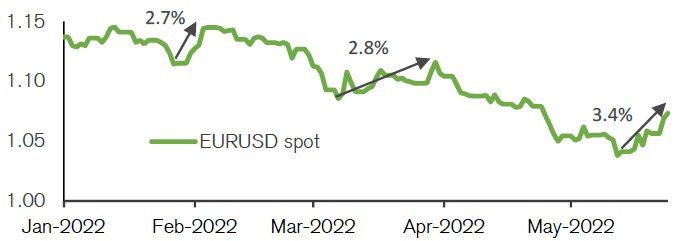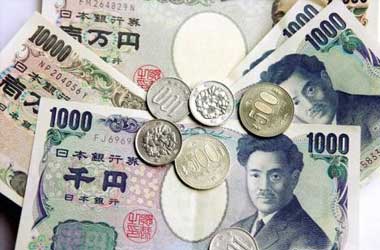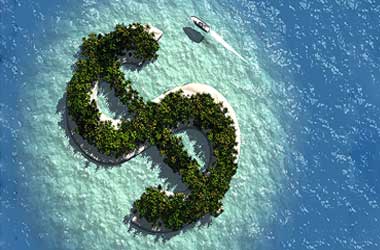 The greenback lost ground against its peers on Friday, continuing its recent downtrend, against the backdrop of worries about interest rate increases, and data reflecting a slowdown in the rate of consumer price growth in April. The dollar index fell to about 101.50 by mid-morning, and in spite of rebounding to 101.94 consequently, backtracked again and was finally witnessed at 101.67, reflecting a decrease of 0.16% from the earlier close.
The greenback lost ground against its peers on Friday, continuing its recent downtrend, against the backdrop of worries about interest rate increases, and data reflecting a slowdown in the rate of consumer price growth in April. The dollar index fell to about 101.50 by mid-morning, and in spite of rebounding to 101.94 consequently, backtracked again and was finally witnessed at 101.67, reflecting a decrease of 0.16% from the earlier close.
The US dollar strengthened against the euro to 1.0698, before losing gains and hitting 1.0730, its prior closing mark. The Commerce Department’s report indicated that the pace of core consumer price growth fell to 4.90% in April, from 5.20% in March, lifting positive sentiment that the Fed will ease the rate of monetary policy tightening in the second half of 2022.
The report indicated that personal income inched higher by 0.40% in April, after rising by 0.50% in March. Economists had been anticipating another 0.50% rise. Personal spending increased 0.90% in April, after jumping by an upwardly amended 1.40% in the earlier month, versus forecasts for a 0.70% growth.
Notably, a report from the University of Michigan indicated that consumer sentiment in the US worsened much more than forecast earlier this month. Specifically, the report indicated that the consumer sentiment index declined to 58.40 in May, from the preliminary reading of 59.10. Economists did not anticipate any revision to the preliminary data.
The consumer sentiment index has dipped further lower from 65.20 recorded in April, plunging to its lowest mark since reaching 55.80 in August 2011. Last week, the EUR/USD exchange rate has bounced back from multi-year lows. However, this still seems to be a technical bounce back as per analysts.
According to recently published findings from Credit Suisse, recent corrective movements seem to be aligned with the uptick in the EUR/USD exchange rate from 1.0348 a fortnight back to 1.0680 on Friday.
Commenting on US dollar’s decline, Shahab Jalinoos, Chief of FX Research at Credit Suisse, said “We do not believe that the “divine stars” are now positioned for sustained USD weakening at this time.”
Jalinoos acknowledges that the latest catalysts for the EUR/USD rebound are however merited, and this includes a decline in optimism about the US economy and a notable upward revision in ECB rate hike forecasts for 2022.
The Eurodollar strengthened at the beginning of the week when ECB President Christine Lagarde mentioned on the ECB’s official portal that a July rate hike is now warranted and further tightening by September was also a requisite.
Jalinoos further stated “Rate increases of 50 basis points are now being proactively priced in by the market, which is something that we wouldn’t even have believed to be achievable until recent times. This has provided a significant boost to both the Euro and the Swiss Franc.”
However, he pointed out that the euro still remains a cyclical and pro-trade fiat currency in an environment where predictions for world economy are becoming more pessimistic.
He further stated “The takeaway from all of this is that the argument for rate rises by the ECB, although bolstered by the threats associated with inflationary pressure, is not wholly insulated from the dangers associated with growth.”
From the US Dollar side of the EUR/USD equation, what the US Federal Reserve does from here matters.

In the latest currency research report, Jalinoos said “In terms of Fed pricing, the data indicating that inflationary pressure will really decrease drastically enough to shift Fed direction is still lacking.”
Credit Suisse economists state that the US consumers still have adequate bank balance, and that the robust employment scenario coupled with tax refunds in 2Q22 will pave way for the economy to maintain growth momentum even if asset markets remain volatile.
Jalinoos said “In a nutshell, we still do not perceive sufficient weakness in US statistics, and particularly weakness that is exclusive to the US economy, to compel us to modify our wider USD outlook based on US events alone. This is especially true in light of the fact that the US economy continues to show signs of strength.”
Credit Suisse has pointed out that the long-term support level of 1.0340 for the EUR/USD is difficult to break at this point in time, implying a decline to parity is no longer being looked at by currency strategists.




